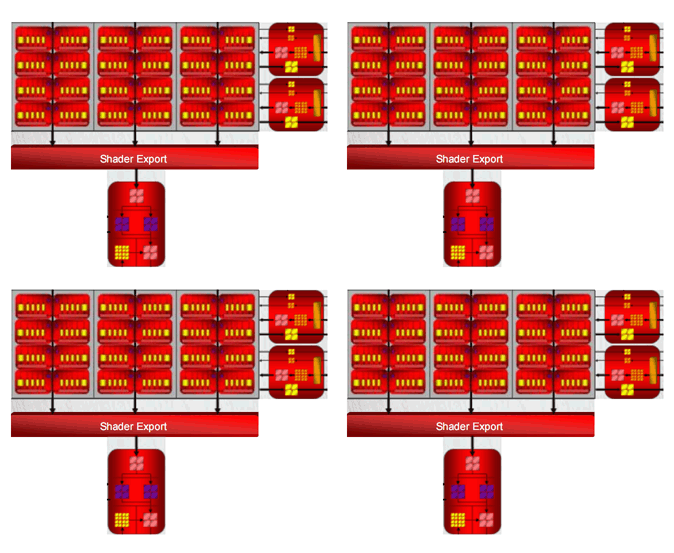Sound_Card
Regular
well still have to have transistors for routing data in the larger processes, I remember the g70 to g71 shrink that was one place where nV shaved off some transistors, don't know how many though but it could be significant.
That was a mere 24 million transistors(and in todays GPU's means a lot less) coming from a full node step downwards(110nm ---> 90nm)mainly shortening the pipeline because of the higher clocks 90nm allows(faster switching). So I hardly think a half step(65nm---> 55nm) will yield the same regardless if the same to what happened to G71 is even applicable to G94 to begin with.
Hmm looking at the figures now, I am willing to bet the control logic in the g8x and g9x chips are significantly more then the AMD counterparts?
And control logic is somehow not counted in the transistor budget? Which brings me right back to my question that I asked Arun, is their some sort of differences between the actual transistor sizes them selves(theoretically speaking if G94 was on 55nm, but the comparison does not have to be just RV670 and G94) or does chip layout play a significant role here?
Of course more TMU's and ROP's and more robust TMU's as well.
Twice the filtering and ?address units?, less samplers, same amount of ROPs(or pixel capability that is), not exactly sure what you mean by more "robust" TMU's either, and not exactly sure how that even fits in with the topic at all.




